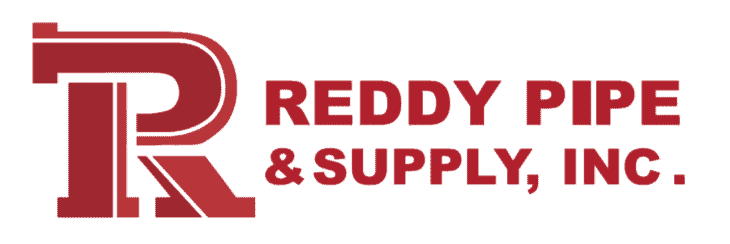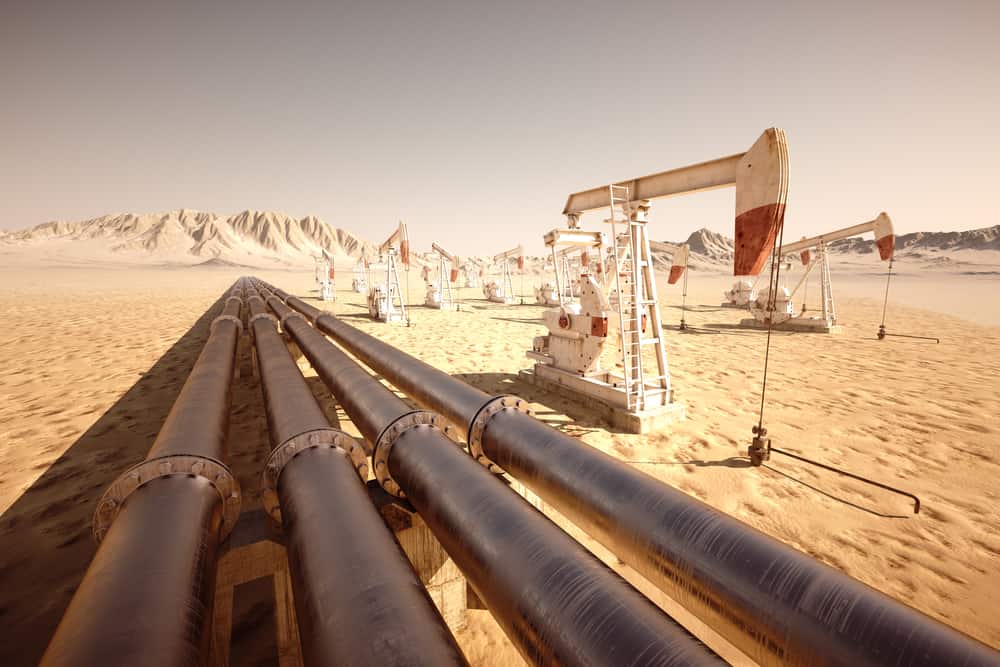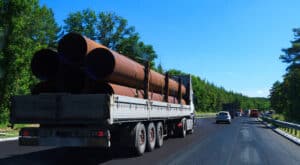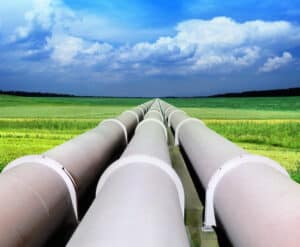The pipes mentioned in this guide apply to the equipment supplied by kerosene or oil in single-family homes. The equipment mentioned should be under 45,000-watt output.
Supply Pipe Materials
Copper tubing coated in plastic, corrosion-resistant steel pipes, and plastic pipe systems are standard in oil supply systems. The important thing is that all the fitting and joint materials are also suitable for the fuel and type of pipe used.
Exposed Pipes Vs. Buried Pipes
Exposed pipes or external pipes should run in a continuous rise that follows the flow’s direction. These pipes have to be supported by clips and attached to permanent structures.
On the other hand, buried oil supply pipes require a trench at least 450 millimeters deep. It needs 40 millimeters of compacted sand on the bottom, followed by builder’s grade polyethylene. When backfilling the trench, make sure the oil warning marker tape is placed 150 millimeters below ground level. Any buried oil pipe must be 300 millimeters away from other water and electricity services.
If an oil pipe needs to run through the wall of a building, it has to be covered by a larger pipe or sleeve. Before entering a building, the external pipe must rise and be fitted to a fire valve.
Gravity Vs. Sub-Gravity Systems
Oil feed systems are either gravity or sub-gravity. Gravity feed systems are used with bottom outlet storage tanks or when the tank is raised off the ground. Sub-gravity systems are included in top outlet tanks that use mechanical suction to bring the oil out of the tank.
Oil Pipe Fire Valves
Fire valves are required to ensure that you can cut off the oil supply in the event of a fire. The fire valve must be placed on the outside of the building. Some existing internal oil feed pipes that do not have a fire valve can have one added at the first point where the pipe appears on the interior.





